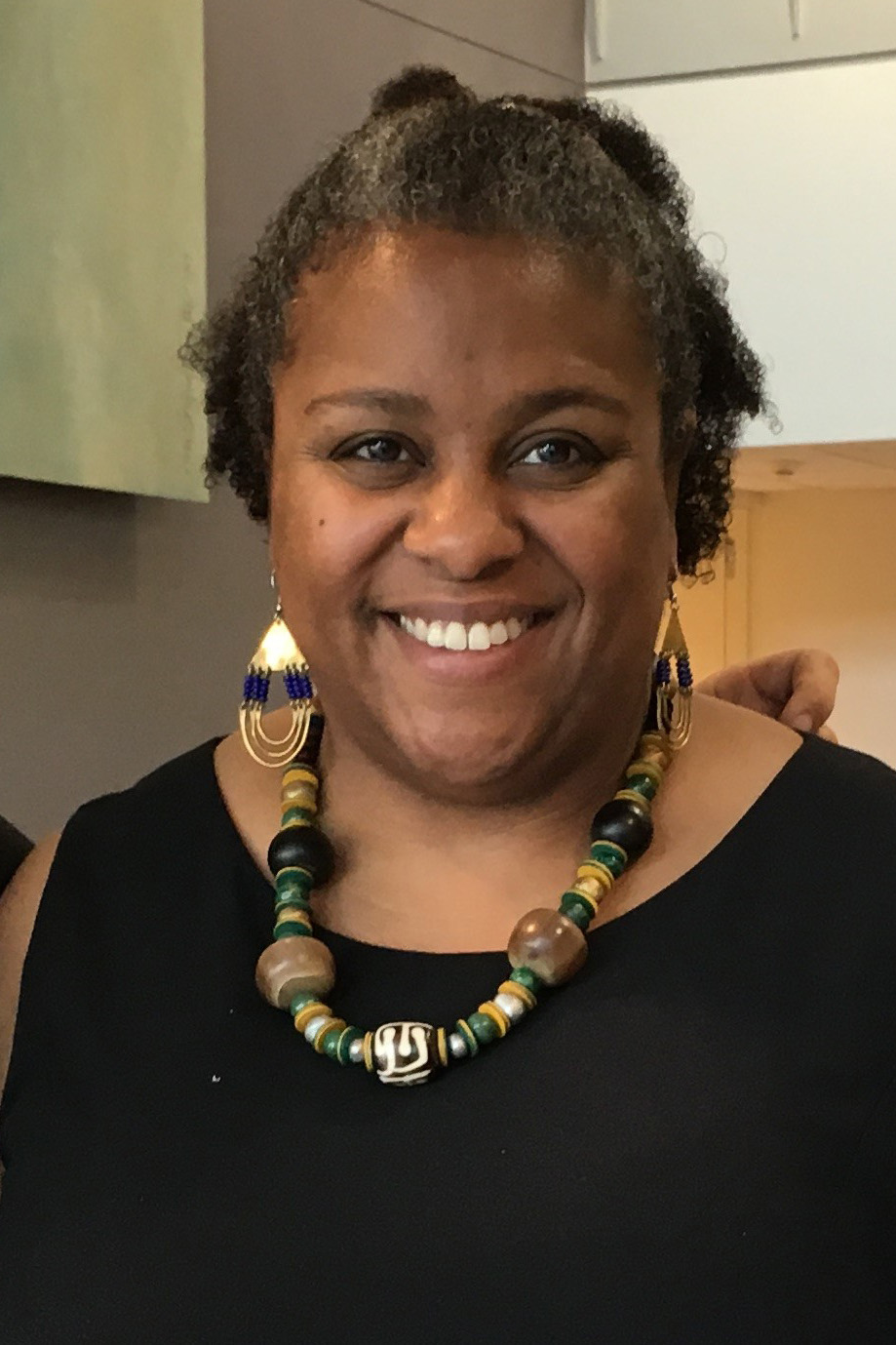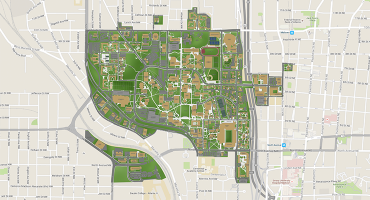Liquid water on Mars fired everyone’s fancy in 2015. Water on Mars today exists in the form of hydrated perchlorates, said the researchers who led the work. They include James Wray, an associate professor in the School of Earth and Atmospheric Sciences (EAS).
The finding boosts the possibility of life on the red planet. Water tied to perchlorate meets life’s two needs: water and energy. Perchlorate emits huge amounts of energy when it reacts. For this reason, its salts are ingredients of rocket boosters and fireworks.
Perchlorate as Food for Microbes
Some organisms use perchlorate as an energy source. So-called perchlorate-reducing microorganisms (PRM) would likely live in places where perchlorate naturally occurs. Yet coexistence of PRMs with naturally occurring perchlorate has not been detected until recently.
One likely place where such coexistence may occur is Pilot Valley, in the Great Salt Lake Desert of Utah. Pilot Valley is a hypersaline, perchlorate-rich, and closed basin. It loses water mainly from evaporation.
Yet perchlorate vanishes from Pilot Valley to an extent that cannot be explained by water loss, says Kennda Lynch. She’s a postdoctoral researcher working with Wray and School of Biological Sciences Professor Frank Rosenzweig.
Perchlorate is soluble in water, but it will not evaporate with water. Perchlorate salt residues should accumulate as water evaporates. Yet Pilot Valley shows a decline of such salt remains. The perchlorate is just disappearing.
Lynch believes PRMs in Pilot Valley must be using the perchlorate. While doing her Ph.D., Lynch found the first known coexistence of PRMs and naturally occurring perchlorate in Pilot Valley. Because no one knows what these PRMs are, Lynch will spend the next year finding out. Supporting her work is a recently announced Ford Foundation fellowship.
Ford Foundation Fellowship
“I’m extremely honored to be a Ford Fellow,” Lynch says. “This funding will allow me to continue this important research, which will aid the search for evidence of life on other planets.”
Ford Foundation Fellowship Programs seek to increase diversity in academia by increasing ethnic and racial diversity. As a fellow, Lynch will gain access to one of the largest communities of academic professionals committed to creating and fostering diverse environments in higher education.
The fellowship presents a “unique opportunity to forge connections with extraordinary individuals as I continue efforts to broaden diversity within the field of astrobiology,” she says.
Lynch’s Ford Foundation research aims to find out what microbial communities use perchlorate. What are the mechanisms at their disposal?
Lynch will examine whether active perchlorate metabolism takes place in Pilot Valley. If so, what other metabolic processes occur when that process is on?
Then she will use the findings to help define a model for perchlorate-driven life on Mars.
Filling the Knowledge Gap
The work will help NASA’s Mars Exploration Program understand the extent of habitable environments on Mars, including energy sources that could drive microbial systems. “Perchlorate is one of the most abundant and most energetic metabolic resources on Mars,” Lynch says. Yet basic questions abound about its use to support life in a place that looks like Mars.
Working in Pilot Valley – an Earth stand-in for Mars – Lynch aims to fill the knowledge gap. She will run experiments to detect perchlorate use. She will apply state-of-the-art techniques to find genes for, and expression of, perchlorate metabolism. She will also isolate PRMs.
Lynch will continue to work with Wray and Rosenzweig. However, she will be based mostly in the lab of EAS Assistant Professor Jennifer Glass.
“My lab members and I are very excited to have Kennda join us,” Glass says. “Kennda will bring a new perspective on Mars’s relevance to our group. Serendipitously, we have cultivated microbes similar to PRMs in our recent studies, and we look forward to helping Kennda grow new, exciting microbes from Pilot Valley.”
For More Information Contact
A. Maureen Rouhi, Ph.D.
Director of Communications
College of Sciences



